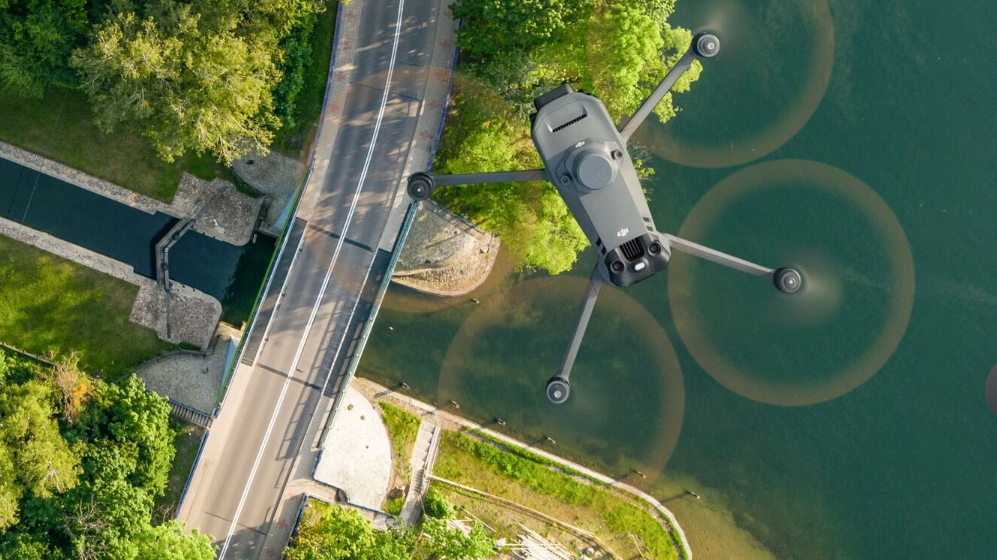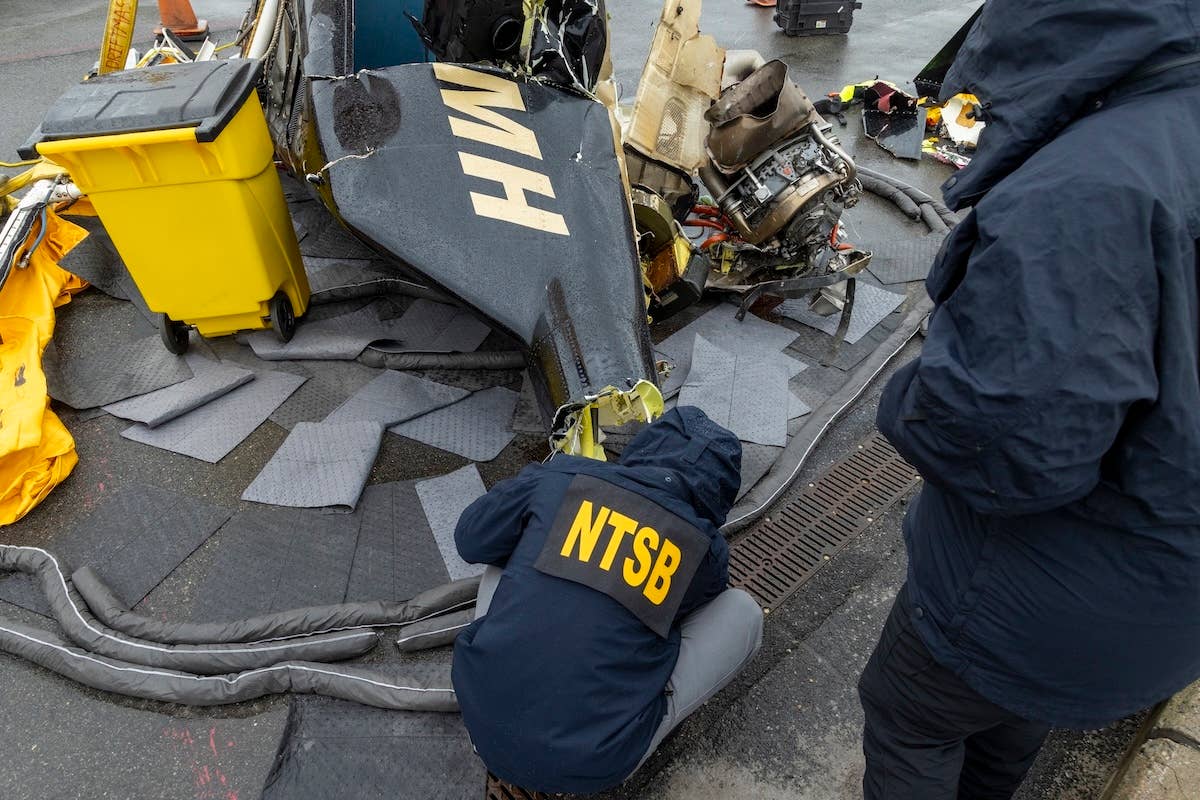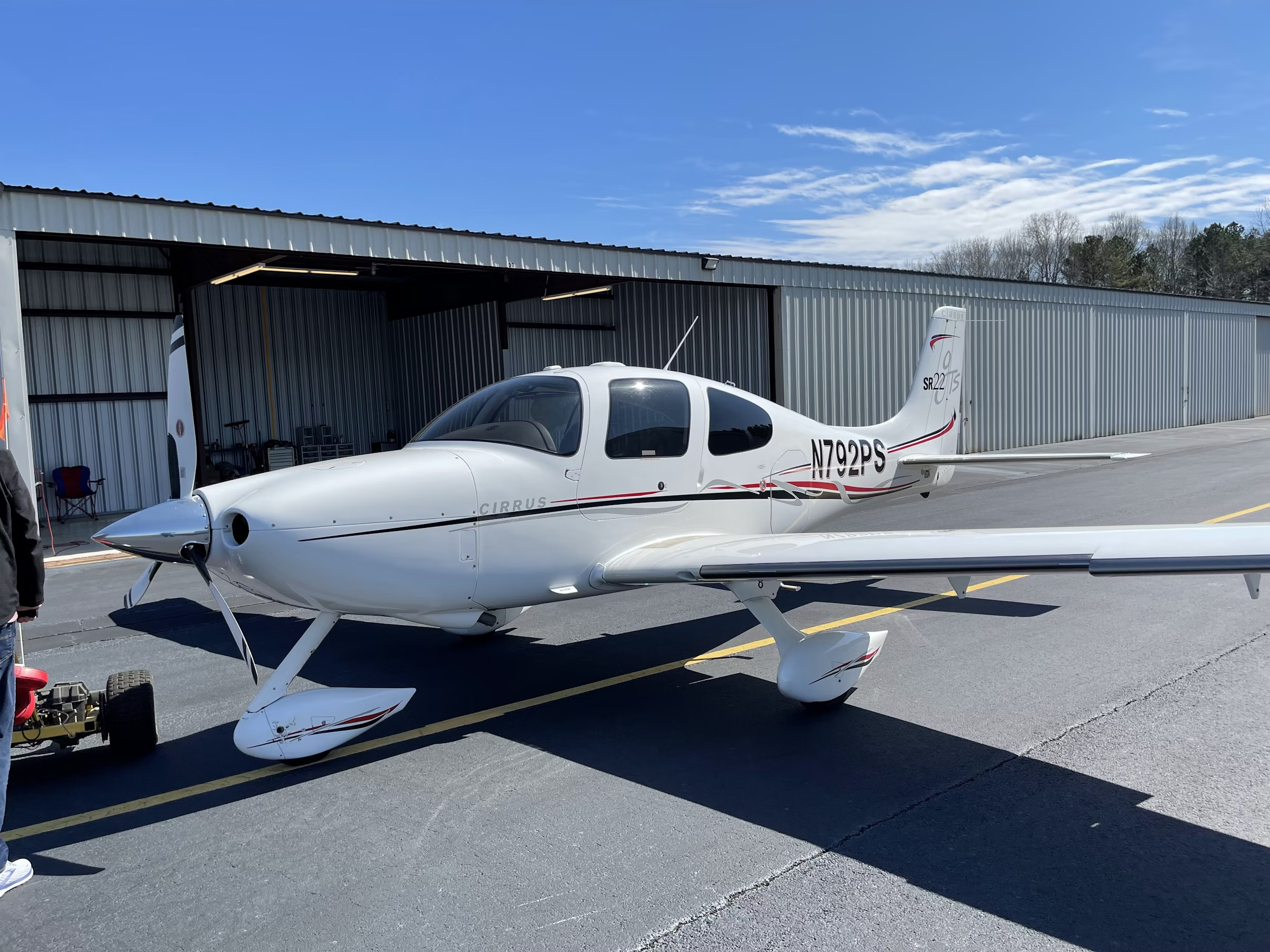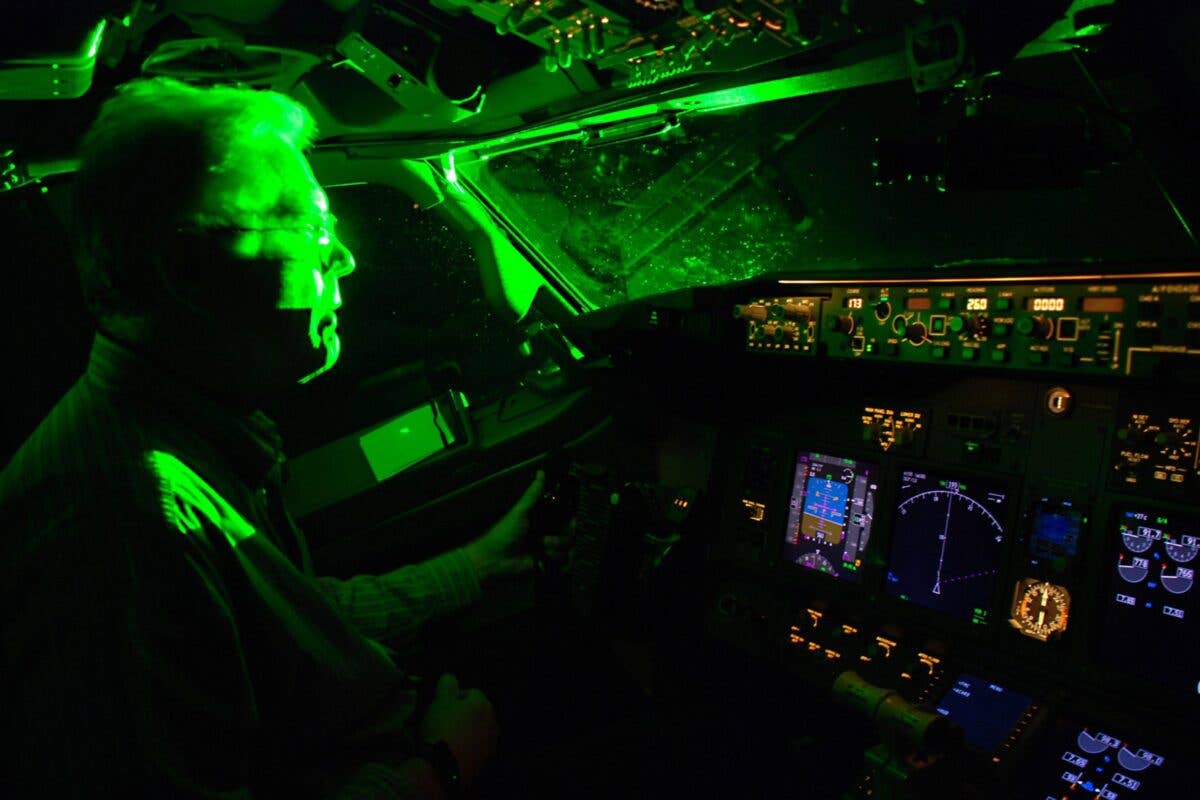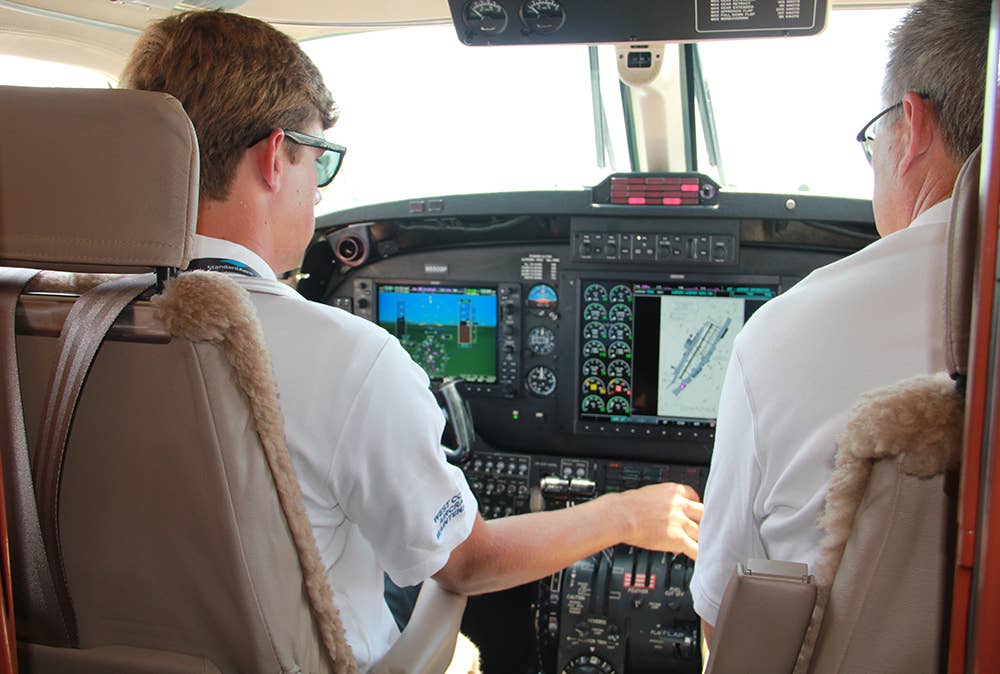Marines Train to Recover Downed F-35
Unit simulates a mission on a nonoperational F-35 airframe.
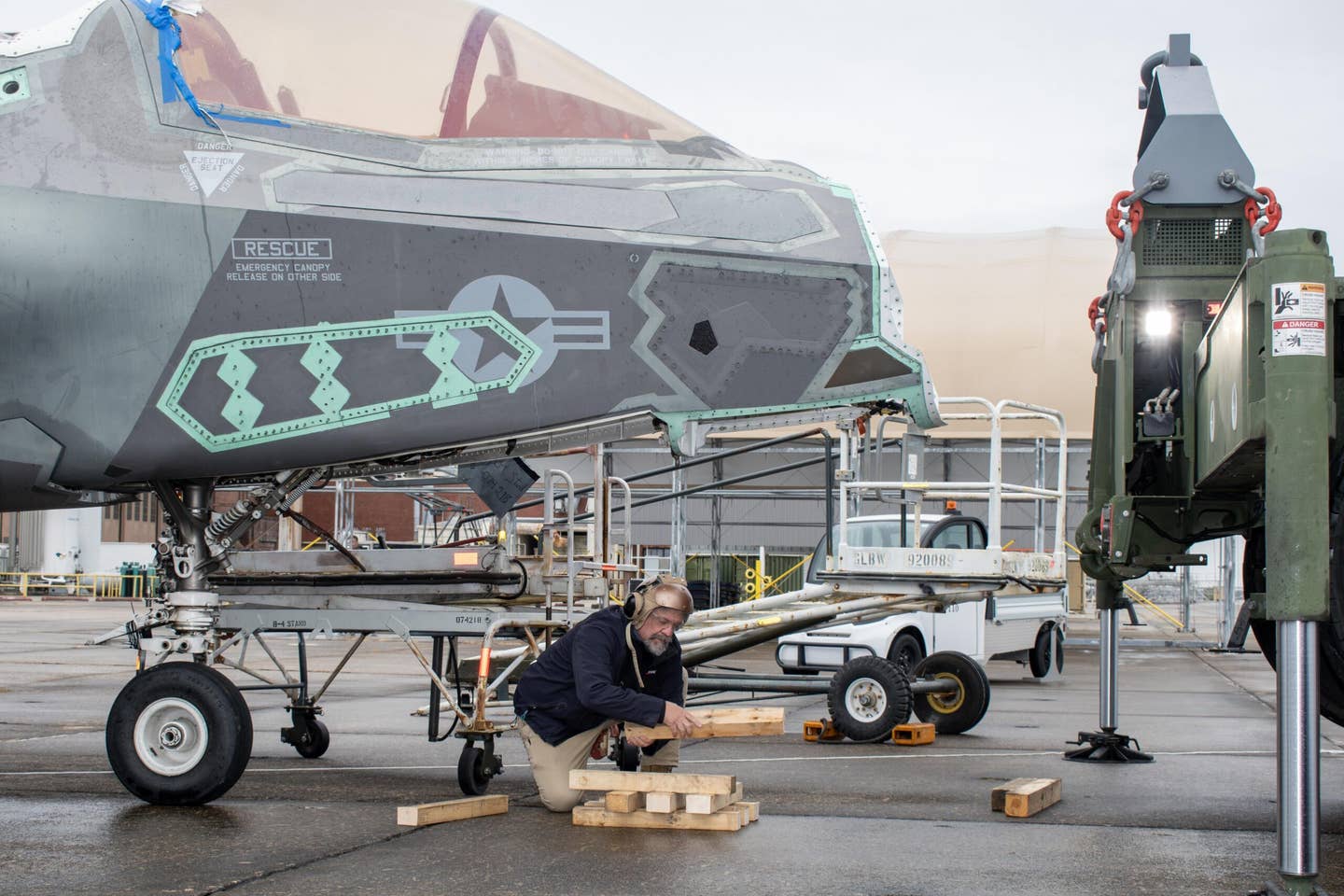
David White, an F-35 support equipment engineer at Fleet Readiness Center East (FRCE), builds a temporary structure to support the nose of an F-35B Lightning II during aircraft recovery training conducted by Marine Wing Support Squadron 271 (MWSS-271), based at Marine Corps Air Station Cherry Point in North Carolina. [Courtesy: Naval Air Systems Command]
Marines based in North Carolina recently trained to recover a damaged, downed F-35B Lightning II before a worst-case scenario occurs.
Marine Wing Support Squadron 271 (MWSS-271) at Marine Corps Air Station Cherry Point, North Carolina, recently completed a three-day training event at Fleet Readiness Center East (FRCE), simulating the recovery of an F-35 with collapsed front landing gear. The center is the lead site for Marine Corps depot-level maintenance on the F-35 and employs more than 4,000 civilian, military, and contract workers.
During the training, Marines learned proper F-35 lifting procedures through an introductory crane lift, how to stow the front landing gear, how to use the crane to rest the aircraft’s nose on a temporary structure to simulate landing gear failure, how to establish a controlled recovery site, and how to recover the aircraft, according to Chief Warrant Officer 2 Joseph Durand, who serves as MWSS-271 squadron’s salvage and recovery officer.
“Recovery has so many different scenarios, and the F-35 is a fairly new aircraft; recovery on this platform hasn’t really been conducted in a broad manner across the Marine Corps,” Durand said in a statement. “We’re training to educate on how pertinent it is to be able to recover an F-35, the practices that go into that recovery and the hazards that come along with it. We’re really stressing the need for that aircraft to be able to get back into the air and do its job."
The unit trained on a nonoperational F-35 airframe that has been on-site at FRCE since 2021, Naval Air Systems Command (NAVAIR).
“Having an asset like this airframe on hand is really beneficial in terms of allowing for training without the concern of potentially damaging an operational aircraft," F-35 Branch Head Ike Rettenmair said. "Using an airframe that isn’t an operational aircraft helps provide a real-world, hands-on experience—everything looks, feels and moves the same—without the added pressure that comes from working with an aircraft that needs to be back on the flight line later that day."

Sign-up for newsletters & special offers!
Get the latest FLYING stories & special offers delivered directly to your inbox

